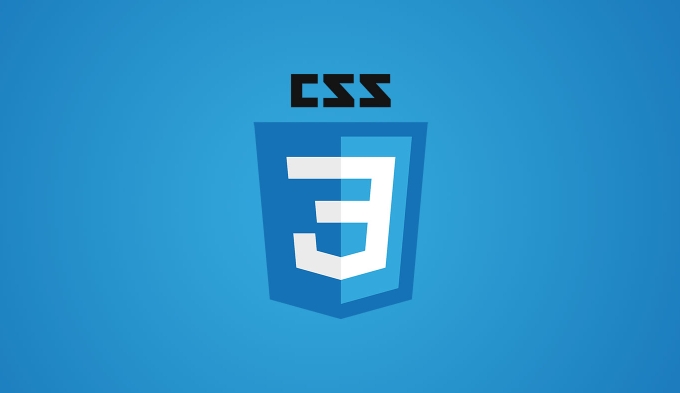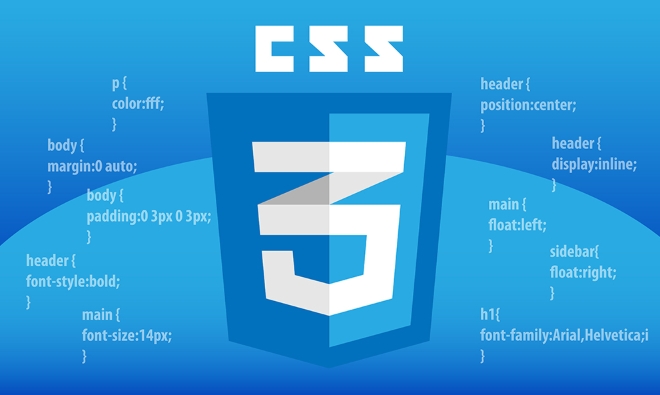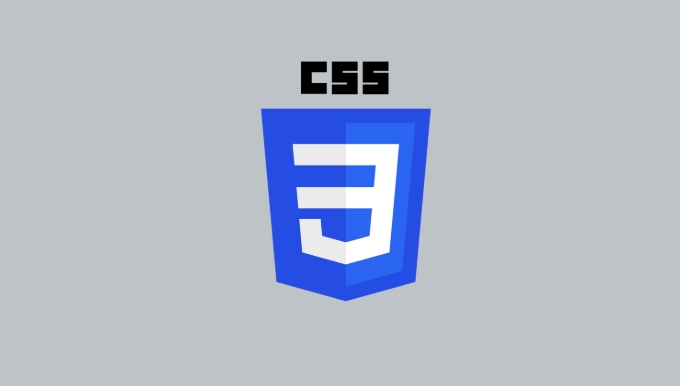The implementation of CSS scroll snap requires attention to structure and property settings. First, create a scrollable container and set scroll-snap-type; secondly add scroll-snap-align for the child elements; 1. The container needs to set overflow and scroll-snap-type, such as .container { overflow-x: auto; scroll-snap-type: x mandatory; }; 2. The child elements need to set scroll-snap-align, such as .item { scroll-snap-align: start; }; the scroll direction is determined by the axial (x or y), and the adsorption type is divided into mandatory (forced alignment) and proximity (align when close); when using it, the child elements need to be unified to avoid padding, and margin and scroll-padding are reasonably set To work with layouts, such as horizontal card lists, you can calculate widths through flex layouts in conjunction with calc to ensure correct alignment.

CSS scroll snap is a very practical function, especially in scenarios where horizontal scrolling, pagination display or precise control of the scroll position. It allows the page to "suck" to a specific location when scrolling, improving the user experience. It is not complicated to implement, but there are several key points that need attention.

Basic structure and property settings
To use scroll snap, you must first have a container that can be scrolled. Usually an element with overflow: auto or overflow: scroll set. Then add scroll-snap-type attribute to this container to tell the browser that the scrolling behavior of this container has an adsorption effect.

for example:
.container {
overflow-x: auto;
scroll-snap-type: x mandatory;
}The above code means: this container can be scrolled horizontally, and it must be adsorbed to the child elements when scrolling.

Each child element (that is the block you want it to stop) also needs to add scroll-snap-align attribute, such as:
.item {
scroll-snap-align: start;
}This way the browser knows that the element should be aligned to the start position of the container.
Rolling direction and adsorption type selection
The value of scroll-snap-type consists of two parts: axial (x or y) and type (mandatory or proximity).
- Axial : Decide whether horizontal or vertical scrolling takes effect.
- type :
-
mandatory: As long as the user stops scrolling, the nearest adsorption point will be forced to align. -
proximity: It will only automatically adsorb when the rolling action is slower or close to the adsorption point, otherwise it will be like ordinary scrolling.
-
For example, if you make a full-screen vertical scrolling website, use scroll-snap-type: y mandatory; to ensure that every swipe will stop on a complete section.
If it is a horizontal scrolling card that focuses on fast sliding experience, it may be more suitable to use proximity to make scrolling more natural.
Notes on arrangement and style of child elements
Although scroll snap seems to only need to add a few attributes to use, you will still encounter some "strange" situations in actual development. For example, sometimes the rolling cannot be done at the expected position, or the adsorption is misaligned.
This is often caused by inconsistent size, spacing, or padding settings of child elements.
A few suggestions:
- Do not add
paddingto the container at will, as it may easily affect the adsorption calculation. - The width/height of the child elements is as uniform as possible, especially when scrolling horizontally, it is best to clearly specify
.item { width: 100%; }or fixed value. - If margin is used to separate child elements, consider compensating the container with
scroll-padding. - When you arrange child elements with Flexbox or Grid, be aware that they may change the scrolling behavior.
For example, if you have a horizontally scrolled card list with 20px intervals between each card, then you can handle it like this:
.container {
display: flex;
overflow-x: auto;
scroll-snap-type: x mandatory;
scroll-padding: 0 20px;
}
.item {
flex: 0 0 calc(100% - 20px);
margin-right: 20px;
scroll-snap-align: start;
}This avoids alignment offsets due to margin.
Basically that's it. The key to implementing CSS scroll snap behavior is clear structure, unified style, and reasonable use of related attributes. It looks simple, but it is easy to cause problems if you don't pay attention.
The above is the detailed content of Implementing CSS scroll snap behavior. For more information, please follow other related articles on the PHP Chinese website!

Hot AI Tools

Undress AI Tool
Undress images for free

Undresser.AI Undress
AI-powered app for creating realistic nude photos

AI Clothes Remover
Online AI tool for removing clothes from photos.

Clothoff.io
AI clothes remover

Video Face Swap
Swap faces in any video effortlessly with our completely free AI face swap tool!

Hot Article

Hot Tools

Notepad++7.3.1
Easy-to-use and free code editor

SublimeText3 Chinese version
Chinese version, very easy to use

Zend Studio 13.0.1
Powerful PHP integrated development environment

Dreamweaver CS6
Visual web development tools

SublimeText3 Mac version
God-level code editing software (SublimeText3)

Hot Topics
 What is 'render-blocking CSS'?
Jun 24, 2025 am 12:42 AM
What is 'render-blocking CSS'?
Jun 24, 2025 am 12:42 AM
CSS blocks page rendering because browsers view inline and external CSS as key resources by default, especially with imported stylesheets, header large amounts of inline CSS, and unoptimized media query styles. 1. Extract critical CSS and embed it into HTML; 2. Delay loading non-critical CSS through JavaScript; 3. Use media attributes to optimize loading such as print styles; 4. Compress and merge CSS to reduce requests. It is recommended to use tools to extract key CSS, combine rel="preload" asynchronous loading, and use media delayed loading reasonably to avoid excessive splitting and complex script control.
 External vs. Internal CSS: What's the Best Approach?
Jun 20, 2025 am 12:45 AM
External vs. Internal CSS: What's the Best Approach?
Jun 20, 2025 am 12:45 AM
ThebestapproachforCSSdependsontheproject'sspecificneeds.Forlargerprojects,externalCSSisbetterduetomaintainabilityandreusability;forsmallerprojectsorsingle-pageapplications,internalCSSmightbemoresuitable.It'scrucialtobalanceprojectsize,performanceneed
 Does my CSS must be on lower case?
Jun 19, 2025 am 12:29 AM
Does my CSS must be on lower case?
Jun 19, 2025 am 12:29 AM
No,CSSdoesnothavetobeinlowercase.However,usinglowercaseisrecommendedfor:1)Consistencyandreadability,2)Avoidingerrorsinrelatedtechnologies,3)Potentialperformancebenefits,and4)Improvedcollaborationwithinteams.
 CSS Case Sensitivity: Understanding What Matters
Jun 20, 2025 am 12:09 AM
CSS Case Sensitivity: Understanding What Matters
Jun 20, 2025 am 12:09 AM
CSSismostlycase-insensitive,butURLsandfontfamilynamesarecase-sensitive.1)Propertiesandvalueslikecolor:red;arenotcase-sensitive.2)URLsmustmatchtheserver'scase,e.g.,/images/Logo.png.3)Fontfamilynameslike'OpenSans'mustbeexact.
 What is Autoprefixer and how does it work?
Jul 02, 2025 am 01:15 AM
What is Autoprefixer and how does it work?
Jul 02, 2025 am 01:15 AM
Autoprefixer is a tool that automatically adds vendor prefixes to CSS attributes based on the target browser scope. 1. It solves the problem of manually maintaining prefixes with errors; 2. Work through the PostCSS plug-in form, parse CSS, analyze attributes that need to be prefixed, and generate code according to configuration; 3. The usage steps include installing plug-ins, setting browserslist, and enabling them in the build process; 4. Notes include not manually adding prefixes, keeping configuration updates, prefixes not all attributes, and it is recommended to use them with the preprocessor.
 What are CSS counters?
Jun 19, 2025 am 12:34 AM
What are CSS counters?
Jun 19, 2025 am 12:34 AM
CSScounterscanautomaticallynumbersectionsandlists.1)Usecounter-resettoinitialize,counter-incrementtoincrease,andcounter()orcounters()todisplayvalues.2)CombinewithJavaScriptfordynamiccontenttoensureaccurateupdates.
 CSS: When Does Case Matter (and When Doesn't)?
Jun 19, 2025 am 12:27 AM
CSS: When Does Case Matter (and When Doesn't)?
Jun 19, 2025 am 12:27 AM
In CSS, selector and attribute names are case-sensitive, while values, named colors, URLs, and custom attributes are case-sensitive. 1. The selector and attribute names are case-insensitive, such as background-color and background-Color are the same. 2. The hexadecimal color in the value is case-sensitive, but the named color is case-sensitive, such as red and Red is invalid. 3. URLs are case sensitive and may cause file loading problems. 4. Custom properties (variables) are case sensitive, and you need to pay attention to the consistency of case when using them.
 What is the conic-gradient() function?
Jul 01, 2025 am 01:16 AM
What is the conic-gradient() function?
Jul 01, 2025 am 01:16 AM
Theconic-gradient()functioninCSScreatescirculargradientsthatrotatecolorstopsaroundacentralpoint.1.Itisidealforpiecharts,progressindicators,colorwheels,anddecorativebackgrounds.2.Itworksbydefiningcolorstopsatspecificangles,optionallystartingfromadefin






